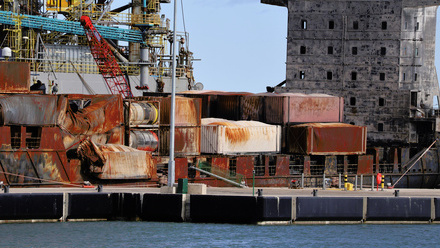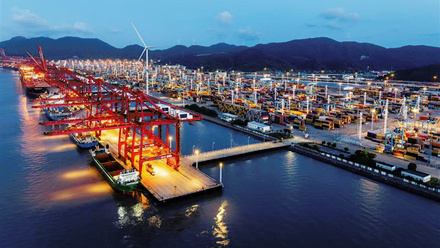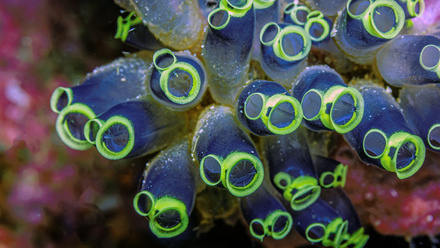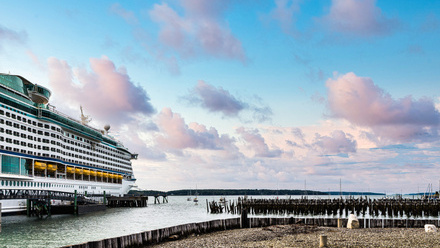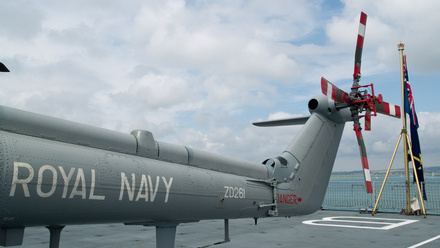Minimising ship and whale collisions
Measures are being taken to help reduce the number of fatalities around the globe.
The news of the death of two sperm whales in the Canary Island waters in May 2025 brought this ongoing issue into the spotlight.
The whales sustained fatal injuries from ship propellers, which has added to the decline in the sperm whale population of the Canaries. Recent research undertaken by Aguilar de Soto and Martín Solá found that sperm whale numbers had effectively been halved in the last few years. The research attributed this to speed levels of ships and numbers of vessel traffic.
The bigger picture of whale/ship collision fatalities presents a more worrying picture. A May 2025 Guardian article cited a marine policy study that charted the locations for whale deaths from ship collisions. Based on the bodies washed up, Chile averaged five whale deaths a year from ship contact, followed by Sri Lanka and the US West Coast, which averaged three to four per year.
However, steps are being taken around the world to prevent further casualties. The Guardian report explained how in Chañaral de Aceituno, a team from the University of Concepción has tagged whales to monitor its movements, feeding habits (how long and how deep) and dive depth. All of these factors can be used as data in helping to prevent potential collisions, along with communication data.
Active measures
Transport Canada has committed itself to preventing the deaths of North Atlantic right whales in the Gulf of St Lawrence. It has implemented a number of measures and regulations to prevent collisions from occurring.
These include the application of rules and speed restrictions to specific areas. For instance, in static zones, areas are subject to a constant speed limit of 10 knots over ground. In the seasons in which there are greater numbers of whales, further speed regulations are implemented.
Meanwhile, for dynamic shipping zones, these locations are monitored for the presence of whales. In the case of this happening, not only are speed restrictions put in place, but navigational warnings are also given to mariners.
As of 13th June 2025, the total number of vessel movements monitored in the speed restriction zones is 2,921. For the same time scale, the total number of vessels with a speed recorded above the speed limit or entering the restricted area is 62. As well as the restrictions, Transport Canada is working with Whale Seeker to detect the presence of right whales in real time.
The Canadian company is one of the examples of providing AI technology to prevent whale deaths at sea. One of Whale Seeker's most notable tech examples is Möbius Observer. As well as detecting the presence of marine life, Möbius can also be used for other purposes such as analysing the effects of climate change, including differences in ice and soil erosion.
In the case of whales, it works by using drones to capture and process images of the area in real time, relaying the information back to crews, scientists or researchers.
Another example is SEA.AI optical and thermal vision systems, which have been requisitioned for a group of scientists from both the IWDG (Irish Whale and Dolphin Group) and the ULL (the Spanish University of La Laguna). The systems are used for detecting and tracking surfacing whales in real time.
To discuss this and similar topics, join the Marine Mammals Special Interest Group.
Tell us what you think about this article by joining the discussion on IMarEST Connect.
Image: North Atlantic right whale. Credit: Shutterstock.

